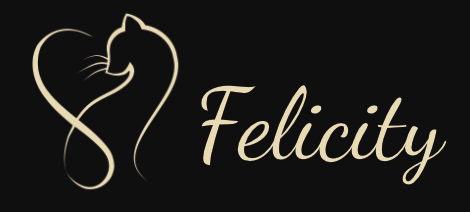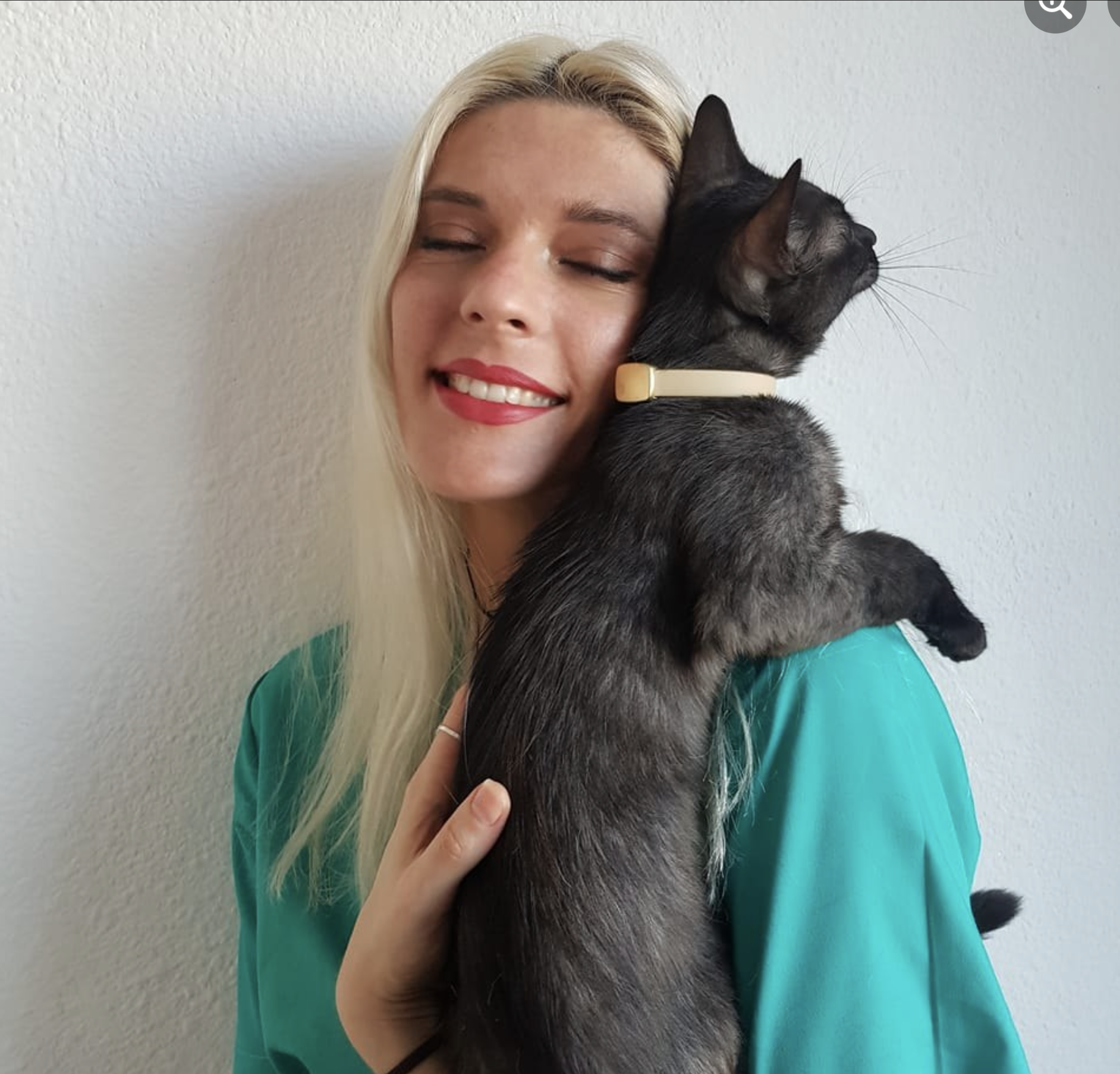Feeding your cat only dry food can have many benefits, such as the low price and long shelf life. It’s also very convenient to leave your cat a handful of kibbles. Then you can be away all day long, the food won’t spoil, and your pet won’t starve.
But in the long run, feeding your cat only dry food can have a severe impact on its health.
Compared to wet cat food, dry food has significant disadvantages, such as:
- It has no moisture.
- It’s high in carbs.
- It’s difficult to chew for senior cats or those with various dental diseases.
- It increases the risk of obesity, especially in neutered and spayed cats.
Dry Food Has No Moisture
A food’s moisture level is an important aspect that not many cat owners consider. Yes, cats can survive on smaller quantities of water. This is because they can produce highly concentrated urine and solid feces to retain water. But this, in the long term, can lead to kidney and intestinal problems.
Why Water is Essential to Cats
Domestic cats are the descendants of large wild cats who consume water in small amounts with high frequency. This is because, being hunters, they get water from their prey (rodents, birds, reptiles, or insects). The domestic cat has retained these genetic characteristics even after thousands of years living with humans.
For these reasons, most cats are not big fans of drinking water. So it’s necessary to provide them with enough moisture through their food. Hydration is also essential for electrolyte balance in cats.
Cats fed only dry cat food do not get enough water. Therefore, they can suffer from dehydration, which in turn can lead to the formation of urinary stones or kidney problems. To avoid dehydration, make sure your cat drinks half a cup of water for every five pounds daily.
Dangers of Dehydration from Feeding ONLY Dry Food
Cats that only eat a dry diet typically do not consume enough water, which makes them much more prone to urinary problems. The most common ones are:
- Urinary diseases
- Kidney diseases
- Urinary tract infections (UTIs)
Cystitis (inflammation of the urinary bladder), rupture of the urinary bladder, urinary stones, and tumors in the bladder are other conditions that can appear as a result of dehydration.
The percentage of water in the body decreases with age. So it’s best to make sure that your senior cats consume more water.
Dry Food Has High Carb Content
In general, dry cat food has higher carbohydrate content than wet food. Corn flour and rice are common ingredients in dry food as they help form kibbles.
Because they are obligate carnivores, cats don’t need carbohydrates in their diet; they need animal fats and proteins instead.1 Carbs or fillers also explain why dry food is considerably cheaper than wet food.
Feeding only dry food can also lead to obesity.2,3 This happens due to the high carb content as well as the fact that your cat has 24/7 access to food. To stop this, portion your cat’s food instead of letting your cat graze.
The high carb content in dry food will also raise blood sugar, which can lead to an imbalance in the metabolic process. In extreme cases, it can also lead to diabetes. To prevent this from happening, it is best to replace it with wet food.
Some dry foods on the market have little or no carbohydrates, but they are pricier. To make sure you are giving good-quality foods, read the ingredients list on the package. Minimize or avoid cat food that contains potatoes, peas, corn, or beans.
Other Health Issues Related to Dry Food
Long-term consumption of only dry food can also lead to:
- Heart disease
- Pancreatitis4
- Digestive problems
- Skin and coat problems
To avoid these health issues, feed your cat a mixed premium diet (dry and wet food) and offer fresh water daily. Also, do not leave the food out 24/7.
Dry Food Is Hard To Chew
Older cats or those with dental problems will find dry food hard to chew. For this reason, they will stop consuming food, and the owner may think their cat is suffering from a severe disease. The most common dental problems are:
- Gingivitis
- Mouth ulcers
- Fractured tooth
- Periodontitis
- Tooth resorption
Dry food should also be avoided in kittens younger than 5-6 weeks old, as their teeth are still developing.
Therefore, kittens, elderly cats that have lost their teeth, and those with dental problems will have difficulties chewing dry food. For these cats, it is recommended to feed them wet food or soften dry food.
How to Soften Dry Food
The easiest and most convenient way to soften your cat’s dry food is by adding water. Kibbles have a porous texture that absorbs water over time. You can let the kibbles hydrate completely or partially, depending on the needs and preferences of your cat.
For example, if your cat has no teeth but still doesn’t like wet food, it is recommended to let the kibble soak in water until it becomes soft. Besides, you can mash everything with a fork to create a paste for your cat to lick.
The water temperature must be right – not too cold, not too hot. If it is too hot, your cat can burn its mouth and tongue. If the water is too cold, the kibble won’t soften up fast enough.
Instead of water, you can also use chicken broth. It is preferable to prepare it at home without other added ingredients (salt, onion, etc.). Commercial chicken broth usually contains a lot of salt for preservation. It may also contain onions or other ingredients that are toxic to cats. Therefore, we recommend you avoid adding commercial broth in your cat’s food.
Why Wet Food Is Better In Most Cases
Each type of food has its advantages and disadvantages. Wet food is usually better than dry food for cats with various health problems (dental, diabetes, obesity, etc.).
Wet food contains seven times more water than dry food, which will help your cat stay hydrated and prevent urinary or kidney problems.
Also, wet food is more concentrated in flavor than dry food, which is great for finicky cats.
Conclusion
Dry food has some benefits, but the long-term health risks are not worth it.
It has two major disadvantages: lack of moisture and high carb content. To help your cat stay hydrated, you can soak its food in water or chicken broth or replace it with wet food. As far as carbohydrates are concerned, you can opt for premium diets that contain fewer or no carbs.


